10+ Sample Apprenticeship Agreement
-
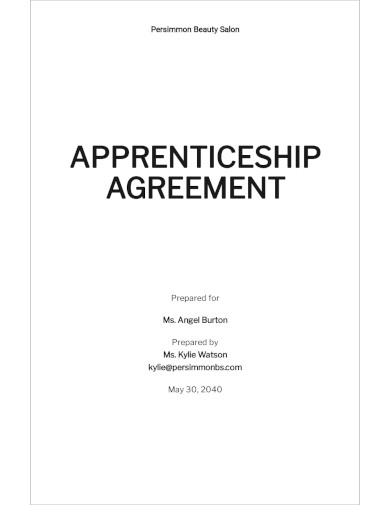
Free Apprenticeship Agreement Sample Template
download now -
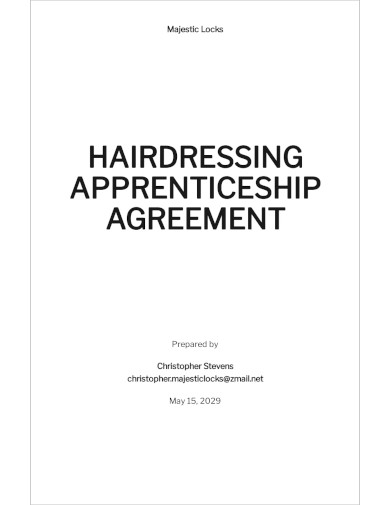
Hairdressing Apprenticeship Agreement Template
download now -
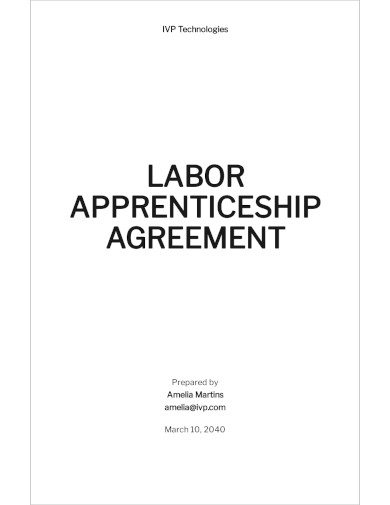
Free Labor Apprenticeship Agreement Template
download now -

Free Fashion Designer Apprenticeship Agreement Template
download now -
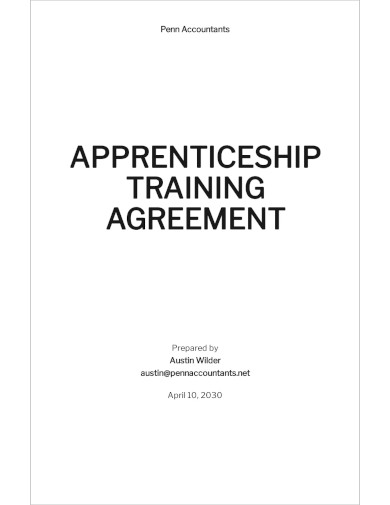
Apprenticeship Training Agreement Template
download now -
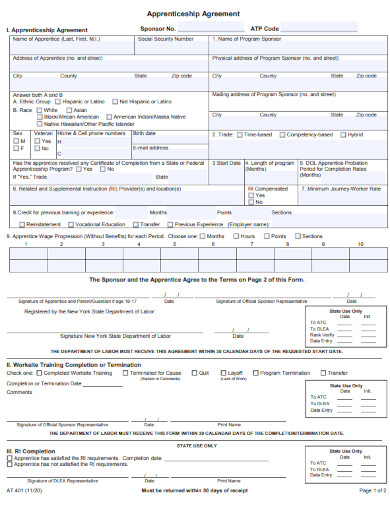
Sample Apprenticeship Agreement Template
download now -
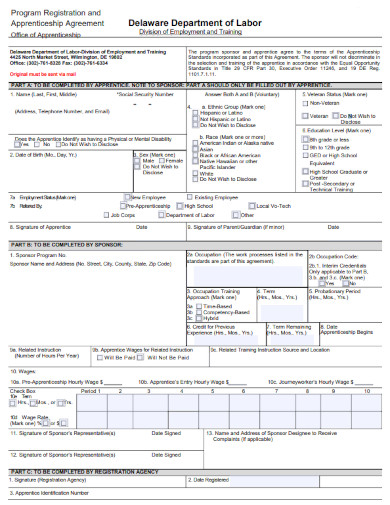
Program Registration Apprenticeship Agreement
download now -
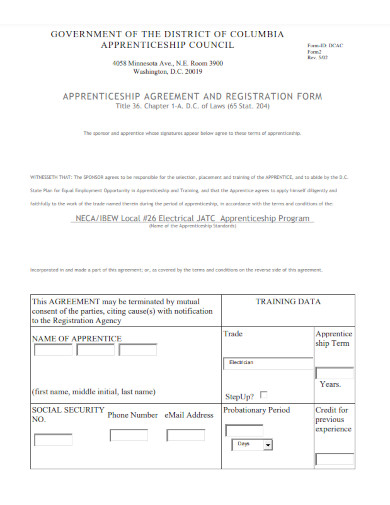
Apprenticeship Agreement and Registration Form
download now -
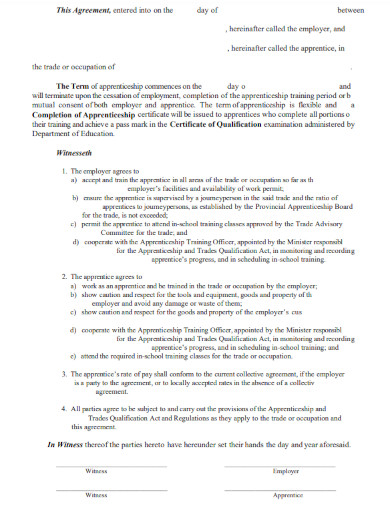
Sample Apprenticeship Training Agreement
download now -
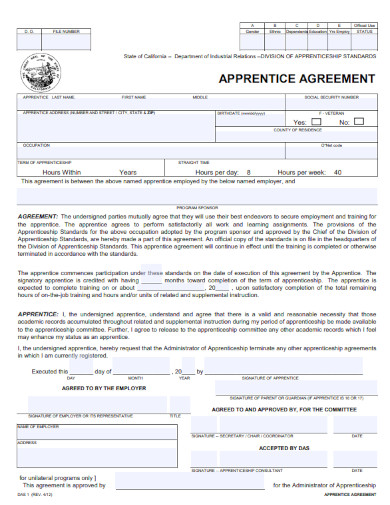
Sample Application Apprenticeship Agreement
download now -
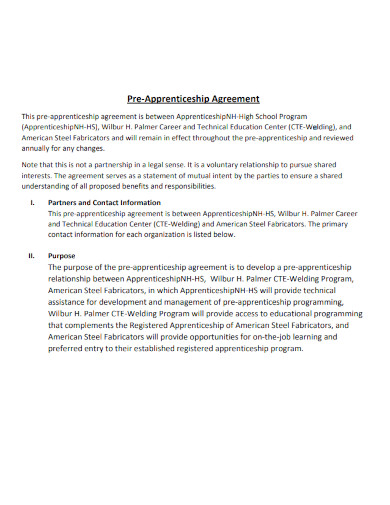
Sample Pre-Apprenticeship Agreement Template
download now
FREE Apprenticeship Agreement s to Download
10+ Sample Apprenticeship Agreement
What is Apprenticeship Agreement?
What is the Purpose of the Apprenticeship Agreement?
How do I Write an Apprenticeship Agreement?
What are the Rules of Apprenticeship Agreement?
What are the Benefits of having an Apprenticeship Agreement?
Can an aApprenticeship be Terminated before Completion?
Welcome to a transformative learning experience with our Sample Apprenticeship Agreement sample. In the dynamic landscape of professional development, crafting a robust apprenticeship agreement is paramount. Our comprehensive template not only streamlines the contractual process but also fosters a conducive learning environment. Dive into this SEO-friendly guide, optimized for search engines and crafted with precision. Explore the intricacies of apprenticeship with a sample document designed for success, ensuring a seamless journey towards skill enhancement and career growth
